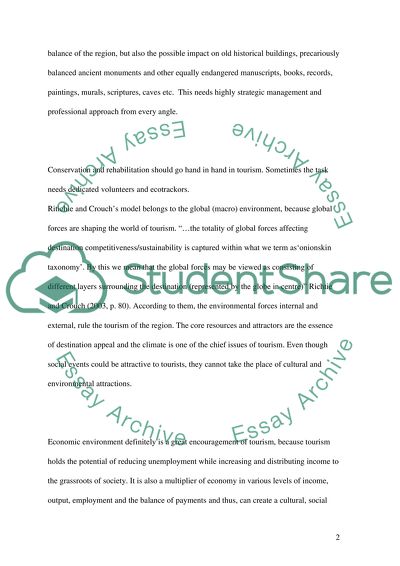Cite this document
(“Analysis of Policy of Tourism Case Study Example | Topics and Well Written Essays - 2000 words”, n.d.)
Analysis of Policy of Tourism Case Study Example | Topics and Well Written Essays - 2000 words. Retrieved from https://studentshare.org/tourism/1527171-tourism-policy-and-strategy-essay
Analysis of Policy of Tourism Case Study Example | Topics and Well Written Essays - 2000 words. Retrieved from https://studentshare.org/tourism/1527171-tourism-policy-and-strategy-essay
(Analysis of Policy of Tourism Case Study Example | Topics and Well Written Essays - 2000 Words)
Analysis of Policy of Tourism Case Study Example | Topics and Well Written Essays - 2000 Words. https://studentshare.org/tourism/1527171-tourism-policy-and-strategy-essay.
Analysis of Policy of Tourism Case Study Example | Topics and Well Written Essays - 2000 Words. https://studentshare.org/tourism/1527171-tourism-policy-and-strategy-essay.
“Analysis of Policy of Tourism Case Study Example | Topics and Well Written Essays - 2000 Words”, n.d. https://studentshare.org/tourism/1527171-tourism-policy-and-strategy-essay.


